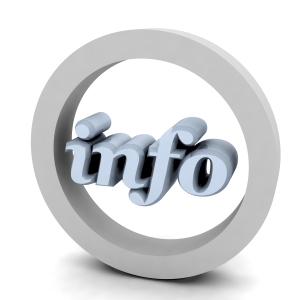Venture capitalists have invested $955 million in the healthcare IT industry. The federal government of the United States is planning to invest nearly $29 billion as incentives to motivate hospitals and clinics to digitize their healthcare records.
- Watson is the name of the supercomputer that the researchers at IBM are developing in order to help doctors make better diagnoses and treatment recommmendations. Physicians can depend on Watson to keep track of the patient’s history, keep abreast with the recent medical research and evaluate treatment options. In the later part of the current year, doctors at the Memorial Sloan-Kettering Center in New York will begin testing ‘Dr. Watson’.
- Science Applications International Corporation or SAIC has developed a translation program for physicians and other professionals in the medical field. It is called Omnifluent Health. The range of products involves a great mobile application which allows doctors to speak into the application. For instance, if a patient suffers from an allergic condition due to penicillin, the message can be translated into another language instantly. Given the fact there are more than 50 million U.S. residents who do not speak fluent English, the program can work as a boon for physicians who require relying on translators in order to communicate with their patients.
- Can social networking help physicians work together better to take care of their patients? The answer is yes and Doximity has made it possible. It is a social network designed exclusively for physicians. With the help of Doximity, physicians throughout the United States can make an online discussion on different critical cases. This venture has received a whopping $27 million of funding.
- The connection between doctors and patients is now easier. Sherpaa, a New York City start-up which provides patients with medical consultations both online and over the phone. Patients can get advice from some of the leading medical specialists of the city. Tumblr is one of the big names who have become a part of this service.
- Staying energetic, sleeping well and eating good – these three are an integral part of a healthy lifestyle. An increasing number of mobile applications and gadgets are designed to motivate people to make healthy choices when it comes to their lifestyle. Fitbit is a pedometer. It keeps track of daily sleep and activity using social networking and gaming to encourage the users.Lark, a silent alarm clock and sleep monitor tracks and evaluates an individual’s sleep habits over time. It offers advice on how to get better rest.
Along with these, there are several other food-monitoring, menu-tracking and calorie-counting applications to alarm the foodies and help the diet-conscious people.
The healthcare industry has been waiting for a much-needed boost. The wait is said to be worth it. Although the implementation of mobile applications and medical translation tools is in a preliminary stage, the technological advancements can upgrade patient treatment and save a considerable amount in health care costs.










